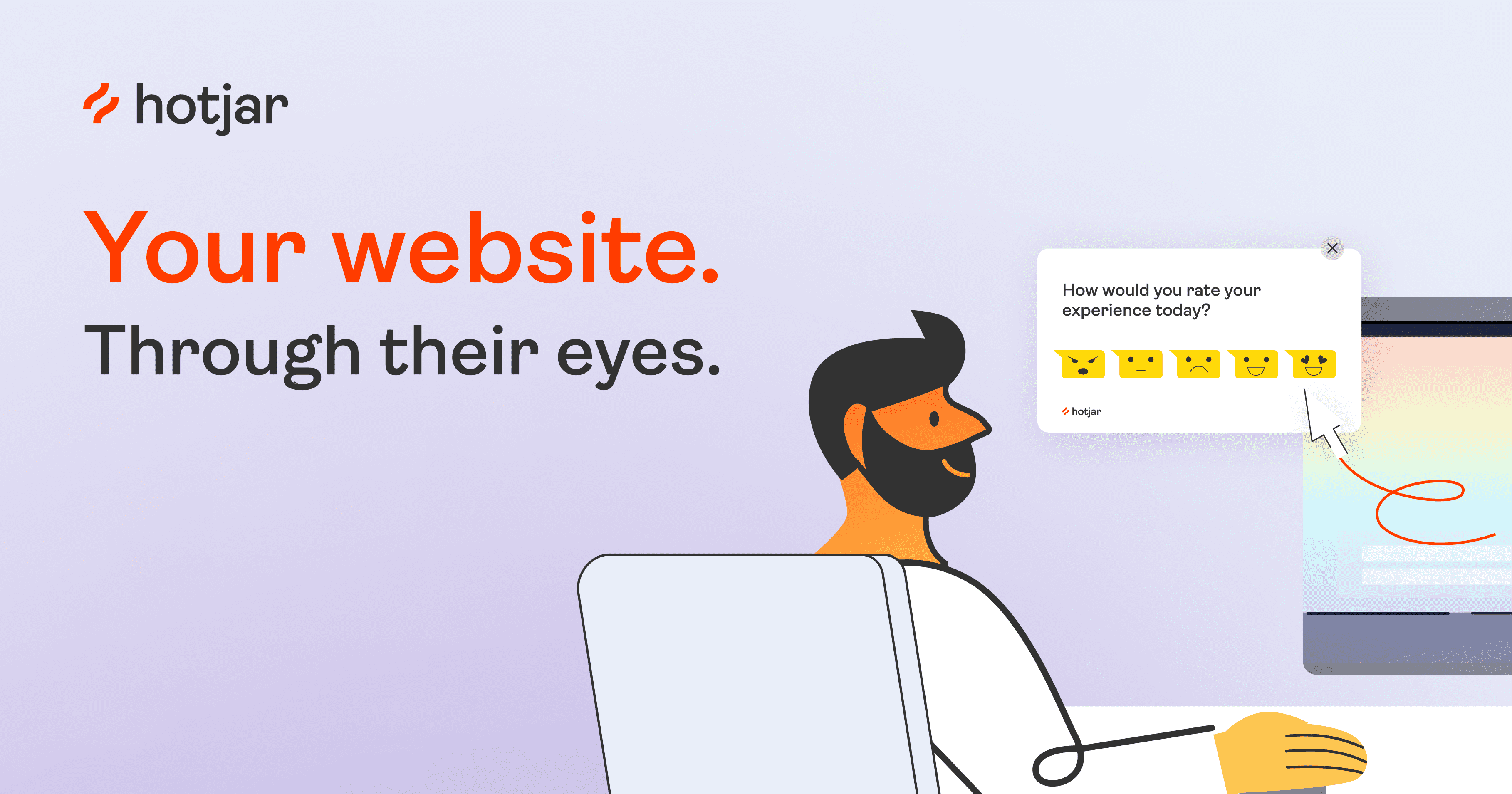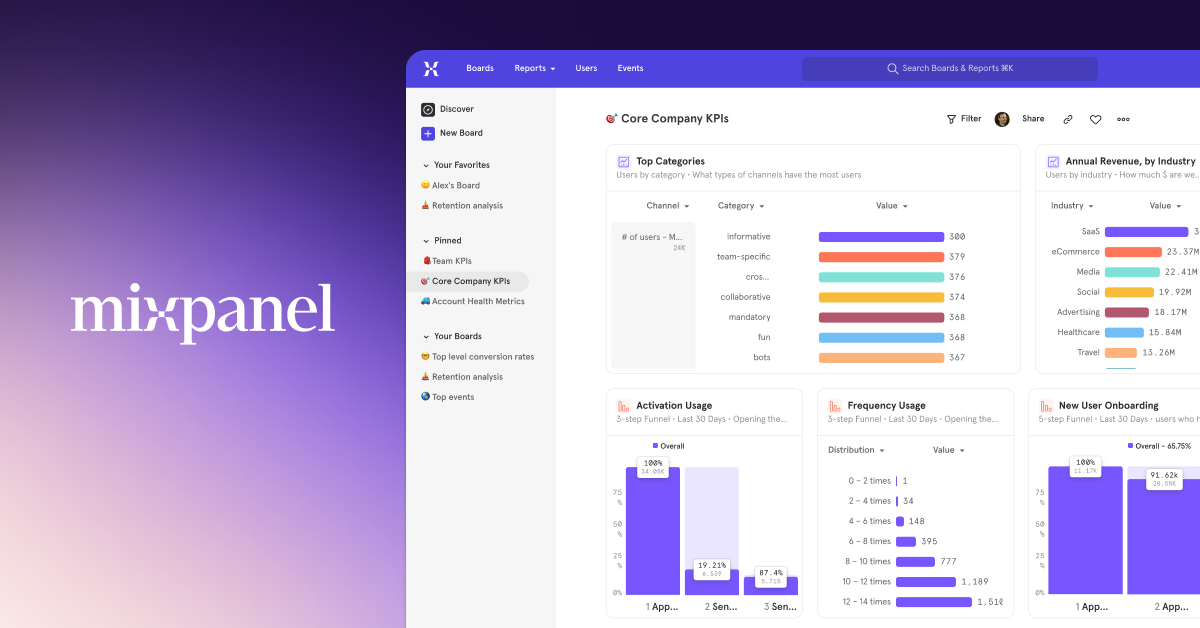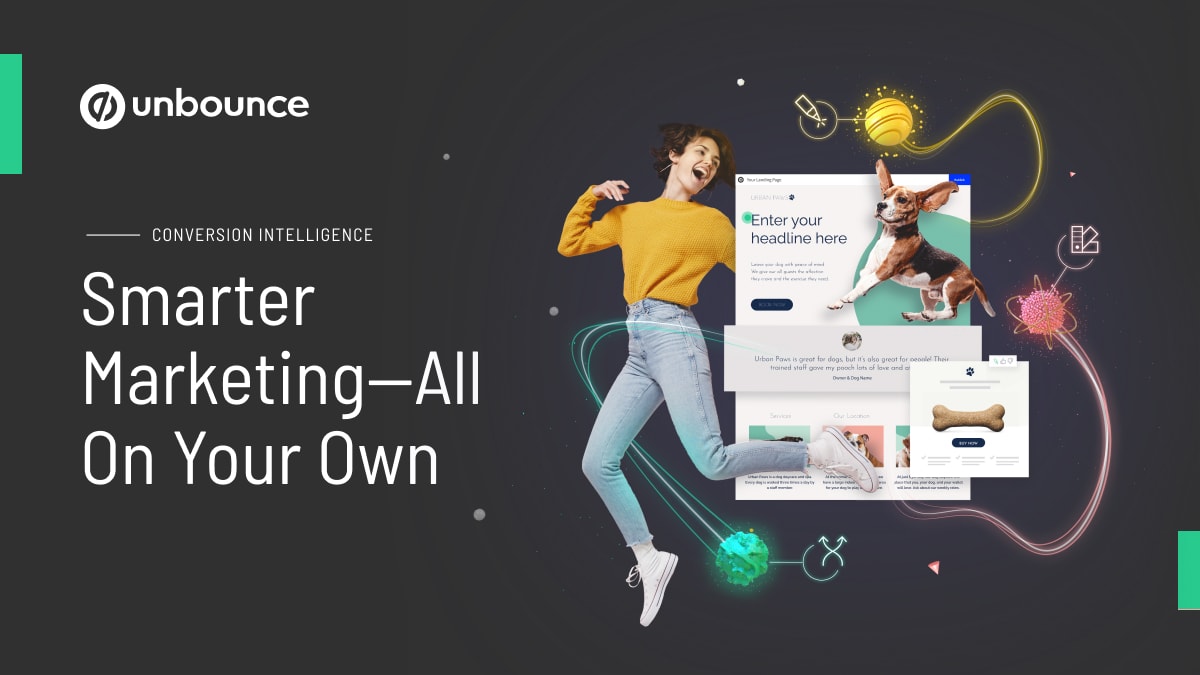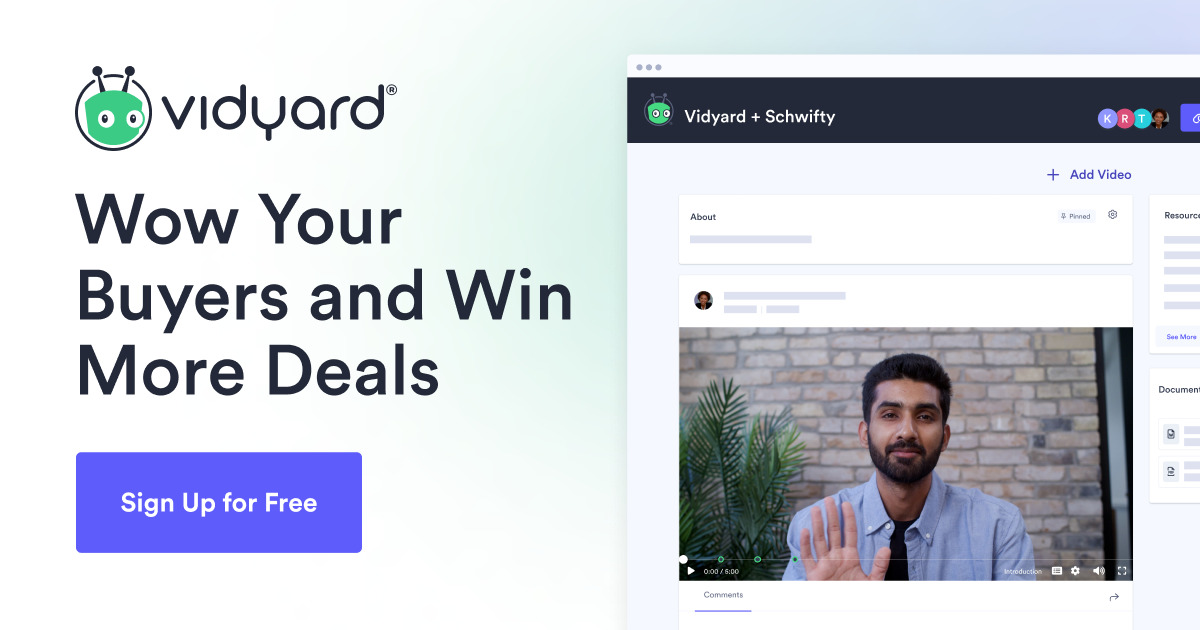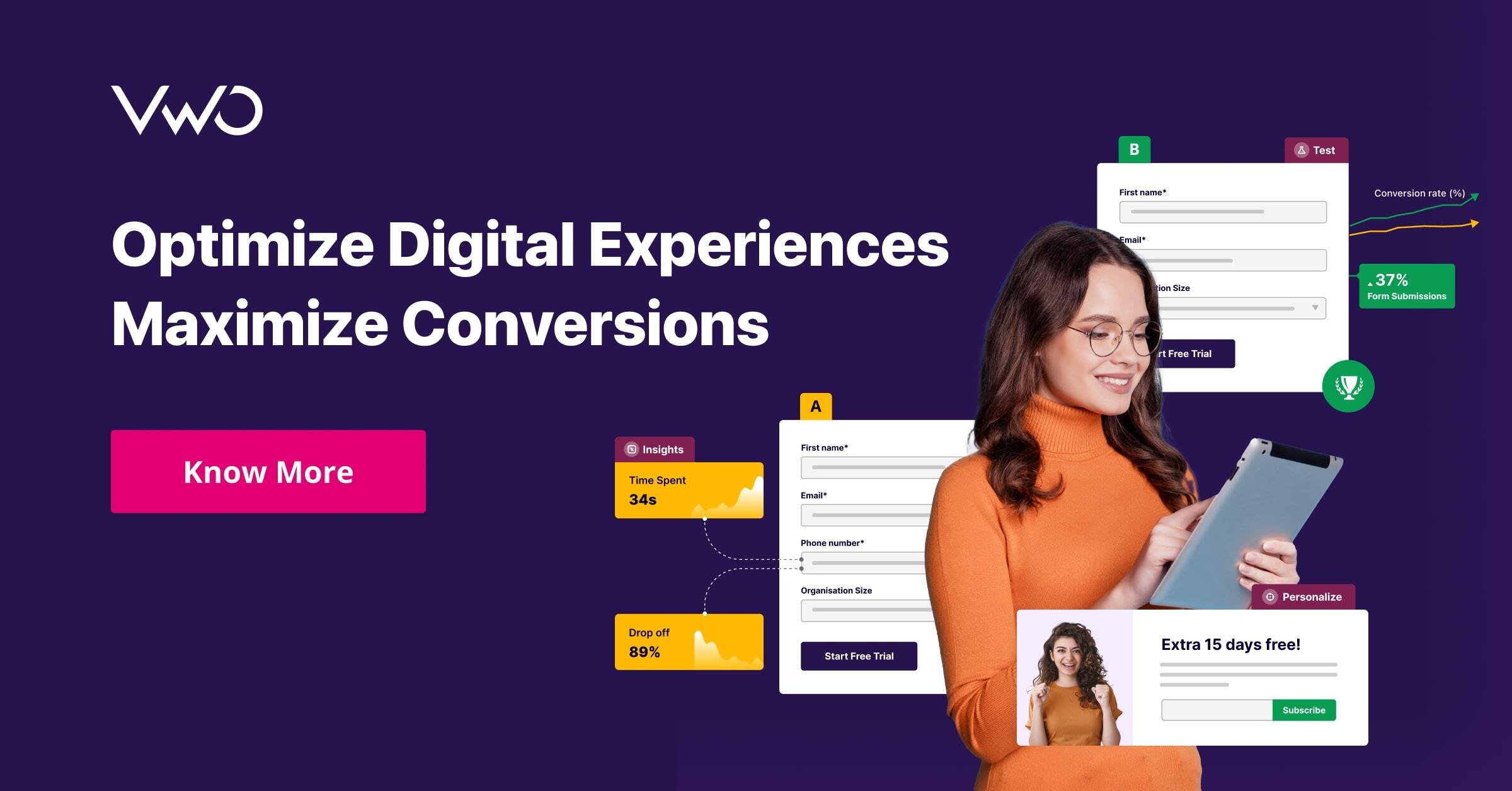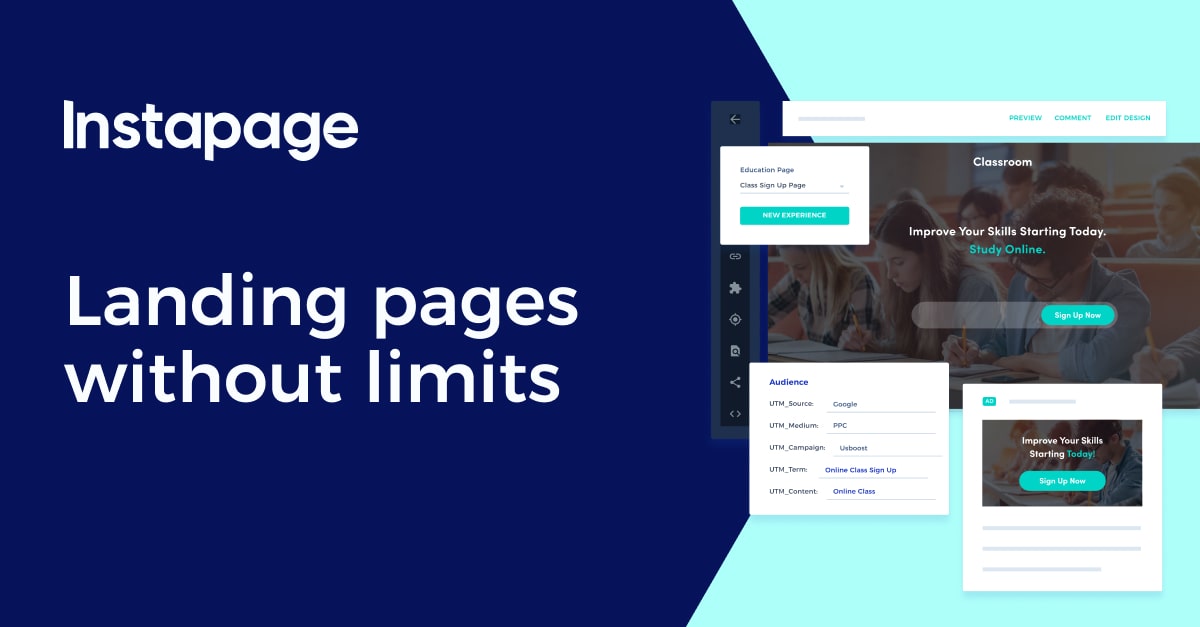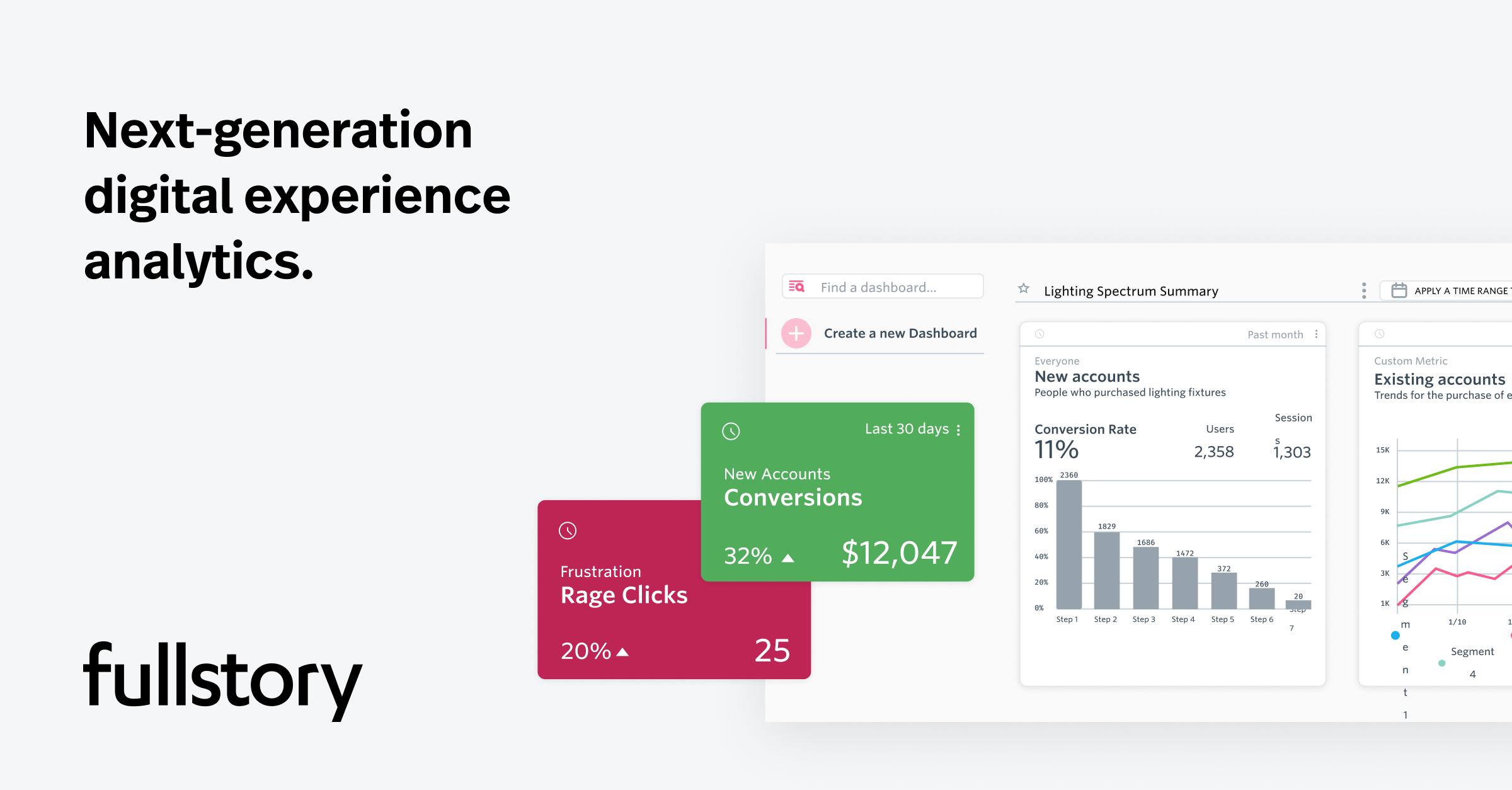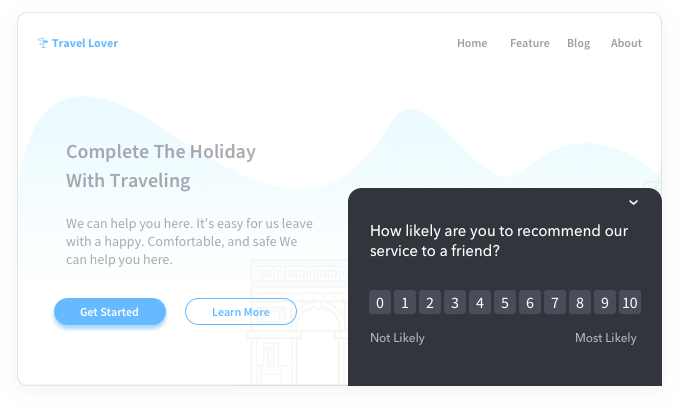Introduction
A/B testing and optimization have become essential components of digital product and experience development. Testing variations and constantly improving based on analytics allows companies to maximize conversions, sales and user engagement. This blog evaluates 15 top A/B testing platforms based on their capabilities, target users, pricing and overall value. The platforms are ranked based on key evaluation criteria.
Methods of Evaluation
The platforms are evaluated based on criteria like features, ease of use, pricing, support quality, integrations and third party reviews. Additional factors like number of backlinks, organic traffic and trends in keyword search volume are also considered to determine the overall popularity and market standing of each vendor. The top platforms score highly across most evaluation parameters and are widely adopted across different industries.
1. Adobe Target
Adobe Target is a leader in A/B testing and personalization tools. As part of the Adobe Experience Cloud, it offers deep integrations and capabilities for testing, targeting, personalization, and optimization across web, mobile, and more. Adobe Target has long been the go-to solution for large enterprises with sophisticated digital experiences and complex testing needs.
Pros: Key advantages of Adobe Target include its flexibility for large enterprises, excellent capabilities for testing experiences across multiple channels, wide use for marketing personalization beyond just testing, and seamless integration with other Adobe Experience Cloud platforms.
Cons: The largest disadvantage is the high cost that comes with an enterprise solution like Adobe Target. Its capabilities are very robust but come at a steep price point that may not make sense for smaller businesses or projects on a limited budget.
Pricing: Adobe Target pricing starts at $2,500 per month and can quickly scale depending on usage, feature needs, and the size of the implementation. It primarily focuses on serving the needs of large enterprises.
Some key facts about Adobe Target include that it has over 4,500 customers globally, processes more than 8 trillion user experiences each month, and has been recognized as a leader in the Gartner Magic Quadrant for digital experience platforms.
2. Hotjar
Hotjar is an all-in-one analytics tool that provides heatmaps, scroll maps, session replay and more to understand user behavior on websites. Founded in 2011 and based in Malta, Hotjar is one of the most popular web analytics tools for smaller businesses and startups.
Pros: Some key advantages of Hotjar include heatmaps and scroll maps to see exactly where users click and scroll, form analytics to improve conversions, free plans for smaller sites, and surveys to collect feedback.
Cons: The free plan only allows for up to 300 daily pageviews which may not be sufficient for larger sites. Advanced features like conversion funnels require paid plans.
Pricing: Pricing starts at $49/month for the Starter plan up to $249/month for the Pro plan. Additional paid plans are available for larger enterprise businesses.
Hotjar has over 375,000 customers including Shopify, Capterra and Grammarly. It is one of the top 50 most visited websites globally according to Alexa rankings.
3. Quantcast Measure
Quantcast Measure is an A/B testing solution provided by Quantcast, the leading audiences and measurement company. Quantcast Measure allows brands to test variations of webpages, emails, and ads to optimize for key metrics like conversions or retention.
Pros: Key advantages of Quantcast Measure include testing for analytics insights beyond conversions, strong data integration capacities for audience targeting and measurement, multivariate and A/B testing options, and good customization options for testing hypotheses.
Cons: As the A/B testing solution of a larger company focused on digital measurement, Quantcast Measure may not have as specialized of a focus on testing as some stand-alone products. The free version also has some limited capabilities compared to the paid tiers.
Pricing: Quantcast Measure offers a free tier for basic testing as well as Standard and Premier paid plans starting at $500/month that unlock more advanced features, larger test sample sizes, and support.
Some key stats about Quantcast Measure include over 15 years of measurement experience analyzing over 100 million online destinations, partnerships with major publishers and data providers, and analytics capabilities for both web and mobile experiences.
4. Mixpanel
Mixpanel is an analytics platform that helps companies understand user behavior and drive growth. Founded in 2009 and based in San Francisco, they have raised over $175 million in funding. Mixpanel provides product analytics solutions to help companies analyze user behavior and engagement across mobile, web, IoT, and more.
Pros: Key advantages of Mixpanel include:
– Powerful analytics and segmentation tools to understand user behavior at a deep level
– Robust AB testing capabilities to identify improvements and optimize product experiences
– Integrations with ML and predictive analytics tools like Keras and AWS SageMaker
– Flexible feature flags and experiments for easy product changes and personalization
Cons: Potential disadvantages of Mixpanel include:
– Pricing is based on data volume so costs can add up for very large datasets
– Analytics and experimentation tools have a learning curve for non-technical teams
Pricing: Mixpanel offers tiered pricing based on monthly data volume. Plans start from $0 for up to 1 million events/month, $999/month for up to 100 million events and custom enterprise plans are available for volumes over 100 million.
Some key stats about Mixpanel include:
– Used by over 26,000 companies including Twitter, NBC, and Expedia
– Handles data from billions of devices and interactions every day
– Raised $166M in funding from investors like Andreessen Horowitz and Institutional Venture Partners
5. Unbounce
Unbounce is a landing page builder and platform specifically designed for A/B and multivariant testing. Founded in 2008, Unbounce helps businesses of all sizes easily create and optimize landing pages to drive more conversions. With its drag-and-drop builder and built-in testing features, Unbounce aims to simplify the testing process for marketers.
Pros: Some key advantages of Unbounce include:
– Intuitive drag-and-drop landing page builder tailored for A/B testing
– Built-in A/B and multivariant testing to easily optimize pages
– Wide range of integrations to power landing pages
– Affordable pricing starting from $49/month
Cons: A potential disadvantage is that as a landing page specialist, it may not be as full-featured as broader marketing platforms.
Pricing: Unbounce offers three pricing tiers:
– Basic: $49/month -Best for 1-3 projects
– Professional: $99/month -Best for 3-10 projects
-Team: $199/month -Best for teams/enterprise with 10+ projects
Some key stats about Unbounce include:
– Used by over 85,000 customers worldwide
– Optimized over 1.5 million landing pages
– 30-day free trial available
– Integrations with over 200 apps including Google Analytics, Hubspot, and Mailchimp
6. Vidyard
Vidyard is a leading video marketing platform that allows businesses to create, share and analyze videos. It provides tools for video hosting, video messaging, video content personalization and AI-powered video analytics.
Pros: Some key advantages of Vidyard include: Video analytics and optimization, A/B testing, transcriptions and annotations, Usability testing, heatmaps and session replay, Video content personalization.
Cons: The free tier has some limitations. Advanced features like custom integrations require paid plans.
Pricing: Vidyard offers three paid plans – Pro ($79/month), Business ($149/month) and Enterprise (custom pricing). All plans include video hosting, messaging and basic analytics. Higher tiers provide more advanced features, storage and support.
Vidyard has over 26,000 customers worldwide including many Fortune 500 companies. It processes over 2 billion video views every month on its platform.
7. VWO
VWO is a leading A/B testing platform that helps companies improve their digital experience through experimentation. Founded in 2014, VWO has grown to serve over 25,000 customers worldwide including Intuit, Nokia, PayPal and Zillow. Their platform allows teams to conduct various types of experiments like A/B tests, multivariate tests, and feature tests across mobile and web.
Pros: Key advantages of VWO include:
– Easy to use interface yet powerful capabilities for complex experiments
– Strong support for both mobile and web applications
– Large library of pre-built experiment templates to get started quickly
– Detailed reporting and analytics to measure experiment performance
Cons: One potential disadvantage is that advanced customizations may require consulting fees which can increase the overall costs for some users.
Pricing: VWO offers three pricing tiers – Basic ($99/month), Professional ($199/month) and Enterprise (custom pricing). The Basic plan supports 2 concurrent experiments while Professional allows unlimited experiments. Enterprise tiers offer additional capabilities tailored to large business needs.
Some key stats about VWO include:
– More than 25,000 customers globally
– Conduct over 1 million experiments annually
– Helped customers improve conversion rates by over 20% on average
8. Instapage
Instapage is an all-in-one landing page creation and optimization platform. Founded in 2011 and headquartered in San Francisco, Instapage helps marketers build high-converting pages and campaigns across multiple channels. With its drag-and-drop builder and advanced personalization options, Instapage enables marketers to create optimized mobile-friendly landing pages quickly.
Pros: Main advantages of Instapage include:
– Intuitive drag-and-drop builder for non-technical users
– Powerful segmentation and personalization based on user behaviors and attributes
– Mobile-optimized templates for high conversion rates across devices
– Tracking of click-throughs and goal completions for campaign optimization
Cons: While robust, some limitations of Instapage include:
– Lacks advanced A/B testing capabilities of specialized platforms
– Higher pricing than some competitors for larger enterprise teams
Pricing: Instapage offers three pricing tiers:
– Basic Plan: $49/month, includes 1 user and limited features
– Professional Plan: $99/month, includes 3 users and additional features
– Enterprise Plan: Custom pricing, unlimited users and team collaboration
Some key stats about Instapage include:
– Used by over 15,000 companies worldwide
– Manages over 1 million landing pages
– Averages conversion rate increase of 25% for new customers
– Maintains industry-leading page speed
9. ClickDimensions
ClickDimensions is an A/B testing platform focused specifically on email and CRM optimization. Founded in 2007, ClickDimensions helps companies personalize experiences across all digital marketing channels. Some key capabilities include journey builders, segmentation tools, and tracking for both web and app conversions.
Pros: Key advantages of ClickDimensions include its focus on email/CRM testing, strong personalization and journey builder capabilities, advanced tagging options for tracking campaigns, and robust segmentation tools.
Cons: As a more focused email testing platform, ClickDimensions may lack some of the broader site optimization features of platforms like Optimizely or VWO. Reporting and analytics could also be expanded for some large-scale users.
Pricing: Pricing for ClickDimensions starts at $2,000 per month for its Standard plan up to $10,000 per month for its Enterprise plan. Additional custom pricing is available for very large accounts.
Some key stats about ClickDimensions include supporting over 1,500 customers, running over 5 million tests annually, and processing over 30 billion emails each year through its platform.
[‘Home | ClickDimensions’, ‘Homepage’]Its Your Lead Now | ClickDimensionsclickdimensions.com
10. FullStory
FullStory is a leader in digital experience intelligence. Using their session replay and behavioral analytics software, companies can capture every customer interaction across websites, mobile apps, and other digital touchpoints. With FullStory, teams gain a comprehensive view of the digital journey and can directly observe how users interact with their products to identify issues and opportunities for improvement.
Pros: Some key advantages of FullStory include: – Session replay to observe user behaviors like clicks, scrolling, form fills etc. in an intuitive playback. – Heatmaps and conversion funnels to see where users succeed or struggle. – Integrations with Google Analytics, Mixpanel and other analytics suites for correlated insights.
Cons: A potential disadvantage is that session replay could be seen as intrusive by some users if privacy policies are not clearly communicated.
Pricing: FullStory offers pricing tailored for different business needs starting from $399/month for their basic plan up to an Enterprise plan with custom quotes. Pricing is based on the number of monthly active users.
Some key stats about FullStory include: – They have over 2,500 customers including brands like Microsoft, Twitter, and Yahoo. – They capture over 1 billion user sessions per month across various digital channels. – Insights are available within minutes of an event occurring so teams can take quick action.
11. Webtrends Optimize
Webtrends Optimize, formerly known as Webtrends Analytics, is a full-featured A/B testing and analytics platform from Webtrends. Webtrends provides multichannel analytics and testing, data-driven decision making, and AI/ML capabilities to optimize websites, apps and digital experiences.
Pros: Some key advantages of Webtrends Optimize include multichannel analytics and testing across websites and apps, the ability to make data-driven decisions to improve experiences, and AI/ML capabilities for personalization and optimization.
Cons: A potential disadvantage is that Webtrends Optimize may have a relatively high cost for smaller businesses and startups due to its enterprise focus and capabilities.
Pricing: Pricing for Webtrends Optimize is customized based on business size, data volume, and required features. Contact Webtrends for an individualized quote.
Webtrends Optimize tracks over 5 billion data captures and 1 trillion pageviews annually from over 500 enterprise customers worldwide.
12. ClickTale
ClickTale, formerly known as Clicktale, is a digital experience analytics software which provides deep insights into how customers interact with websites and applications. It offers advanced heatmaps, session replay, and personalization capabilities to optimize the user experience. Some key capabilities include advanced heatmaps and session replay to understand user behavior, holistic insights into how users browse websites, and personalization and testing tools to iterate digital experiences.
Pros: Some key advantages of ClickTale include: – Advanced heatmaps and session replay for deep visibility into user behavior. – Holistic insights across different parts of the website or app. – Personalization and A/B testing tools for continuous optimization. – AI and machine learning capabilities to surface key insights. – Good for in-depth UX optimization and understanding user pain points.
Cons: One potential disadvantage is the need for advanced technical integration which can be complex for some websites. The tool may be overkill for simpler websites or apps with less complex analytics needs.
Pricing: ClickTale offers various pricing plans starting from a Free plan for basic functionality up to an Enterprise plan suitable for larger companies. Pricing is typically based on the number of monthly active users and additional custom pricing is available for large deployments.
Some key stats about ClickTale include: It tracks over 1 trillion user sessions annually. It has over 1,000 customers including Starbucks, IHG, and Lacoste. It offers advanced AI and machine learning capabilities for deep insights. ClickTale can track over 30 key metrics related to user experience.
13. Keyhole
Keyhole is a social media analytics tool that helps brands and agencies make data-driven decisions. Founded in 2015, Keyhole provides qualitative research, usability testing, task-based testing and screen/video sharing capabilities to optimize digital experiences.
Pros: Some key advantages of Keyhole include qualitative research and usability testing capabilities, task-based testing functions, integrated APIs for seamless workflow, and an affordable hosted pricing model.
Cons: A potential downside is that Keyhole’s features are primarily focused on social media analytics rather than A/B or multivariate testing capabilities.
Pricing: Keyhole offers simple monthly subscription plans starting from $99 per month for up to 3 users. It also has enterprise plans customized for larger teams and organizations.
Keyhole tracks over 1 billion daily social media interactions across major platforms like Twitter, Instagram and Facebook. It is used by over 10,000 global brands and agencies including Starbucks, Coca-Cola, GM and IBM.
14. Qualaroo
Qualaroo is a user experience research and customer feedback platform. The platform helps companies collect qualitative and quantitative feedback from website visitors, app users, customers and more to improve products based on direct insights. Qualaroo simplifies the process of gathering user feedback through in-app surveys, pop-ups, and conversational surveys.
Pros: Some key advantages of Qualaroo include it being a surveys and feedback specialist, providing testing insights from conversations, having advanced targeting and personalization capabilities, and being good for voice of customer programs.
Cons: One potential disadvantage is that the platform is more focused on feedback collection rather than robust A/B testing capabilities compared to some competitors. The free plan also has limited functionality.
Pricing: Qualaroo offers a free plan and three paid plans – Basic ($49/month), Plus ($99/month) and Premium (custom pricing). The paid plans unlock more surveys, triggers, integrations and advanced features.
Qualaroo has over 4,500 customers including brands like Twitter, HubSpot, Mailchimp and more. On average, the platform sees over 1 million responses collected per month from customers. The platform can target and personalize surveys for different user segments and behaviors.
15. Appcues
Appcues is an A/B testing and product optimization tool that helps companies improve user adoption and retention. It allows teams to run A/B tests and personalization experiments directly within their mobile and web apps without requiring any code changes. Some key features include in-app guidance, contextual help, onboarding flows, and engagement campaigns.
Pros: Some key advantages of Appcues include its support for in-app product optimization, comprehensive set of user experience testing tools, ease of use for prototyping and live testing experiments, and seamless integration for both mobile and web apps.
Cons: A potential disadvantage is that customizing experiences and complex testing scenarios may require work with Appcues representatives.
Pricing: Appcues offers a free plan for up to 2,000 monthly users. Paid plans start at $99/month for up to 10,000 monthly users and include additional features and support.
Appcues is used by over 5,000 companies including Netflix, DoorDash, and Twitch. It has helped companies improve key metrics like signups, activation rates, retention, and in-app purchases.
Conclusion
While all the platforms highlighted here are strong contenders, Adobe Target, Optimizely and VWO emerge as the most full-featured options for large enterprises. For small to medium businesses, Unbounce, Hotjar and Qualaroo provide great value and ample testing capabilities. Overall, the selection depends on individual business needs, budget, technical expertise and scale of digital initiatives. Regular evaluation and experimentation are important to extract the best value from these platforms and maximize ROI from testing.





